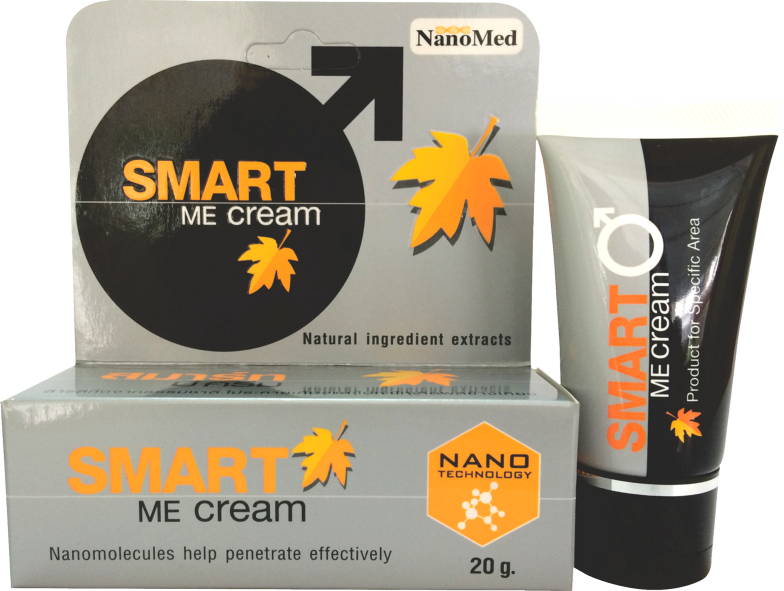Squalene
Squalene

Description
Squalene(C30H50), a 30-carbon isoprenoid, is a lipid found in large quantities in shark liver oil and in smaller amounts (0.1 to 0.7 %) in olive oil, wheat germ oil, rice bran oil and yeast. It is a key intermediate in the biosynthesis of cholesterol. Squalene is an all-trans isoprenoid containing six isoprene units. Chemically, it is known as (all-E)-2, 6, 10, 15, 19, 23-Hexamethyl-2, 6, 10, 14, 18, 22-tetracosahexaene. It is represented structurally as:
Oxygenating Effect:
Squalene (C30H50) is a high-quality unsaturated hydrocarbon which studies seem to indicate is capable of re-supplying the cells with much needed oxygen. This increased oxygen produces a more efficient metabolic process enhancing energy metabolism at the cellular level.
Detoxification Factor:
Natural, pure Squalene functions is our body as part of the detoxifying system and may help to protect us against foriegn substances which can weaken or cause damage to our natural defense systems.
Anti-Oxidant
Because squalene is easily absorbed it penetrates the cell membranes and plays a versitile role as an antioxidant in the cells of the body's organs.
A Natural Product
The richest source of Squalene is found in the livers of our Aizame (dogfish) shark; but there are also minute amounts in olive oil, rice bran and other healthy foods.
Squalene in cosmetic use
Squalene carries oxygen to skin and removes toxins from skin, thereby improving moisture and quality. Skin is a secondary elimination system for toxin overload. When too many toxins head for skin, they dry out the skin and may cause weakness in healthy skin structure.Squalene boosts the skin's ability to naturally regenerate, nourish, hydrate, oxygenate and protect itself.
Top nutrient for dry skin, cracking skin, or skin issues.
Helps promote tissue oxygenation.
Supports liver function and clearing metal toxins.
References
1.Second Report of the Cosmetic Ingredient Review Expert Panel Journal of the American College of Toxicology (Special issue) Volume 1 Number 2 1982 Pgs. 37-56
2.J. Biol. Chem., Vol. 257, Issue 17, 10300-103Kelly GS. Squalene and its potential clinical uses. Altern Med Rev. 1999; 4:29-36.
3.Newmark HL, Squalene, olive oil, and cancer risk: a review and hypothesis. Cancer Epidemiol Biomarkers Prev. 1997; 6:1101-1103.
4.Smith TJ, Yank GY, Seril DN, et al. Inhibition of 4-(methylnitrosamino)-1-(3-pyridyl)-1-butanone-induced lung tumorogenesis by dietary olive oil and squalene. Carcinogenesis. 1998; 19:703-706.
5.Storm HM, Oh SY, Kimler BF, Norton S. Radioprotection of mice by dietary squalene. Lipids. 1993; 28:555-559.



.jpg)
.jpg)






.png)
.png)
